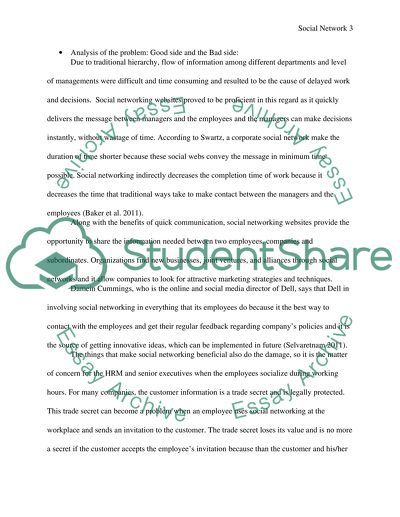Cite this document
(The Ways How Human Resource management Controls Social Networking Literature review, n.d.)
The Ways How Human Resource management Controls Social Networking Literature review. Retrieved from https://studentshare.org/human-resources/1587147-social-networks-weave-uneasy-web-for-workers
The Ways How Human Resource management Controls Social Networking Literature review. Retrieved from https://studentshare.org/human-resources/1587147-social-networks-weave-uneasy-web-for-workers
(The Ways How Human Resource Management Controls Social Networking Literature Review)
The Ways How Human Resource Management Controls Social Networking Literature Review. https://studentshare.org/human-resources/1587147-social-networks-weave-uneasy-web-for-workers.
The Ways How Human Resource Management Controls Social Networking Literature Review. https://studentshare.org/human-resources/1587147-social-networks-weave-uneasy-web-for-workers.
“The Ways How Human Resource Management Controls Social Networking Literature Review”, n.d. https://studentshare.org/human-resources/1587147-social-networks-weave-uneasy-web-for-workers.


